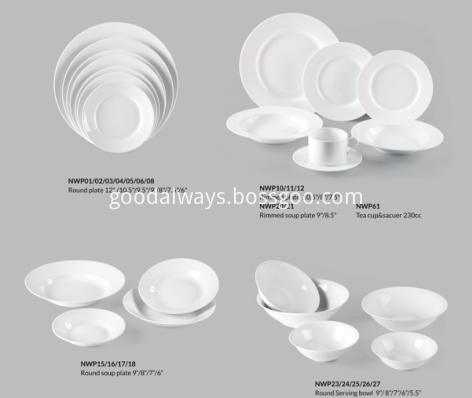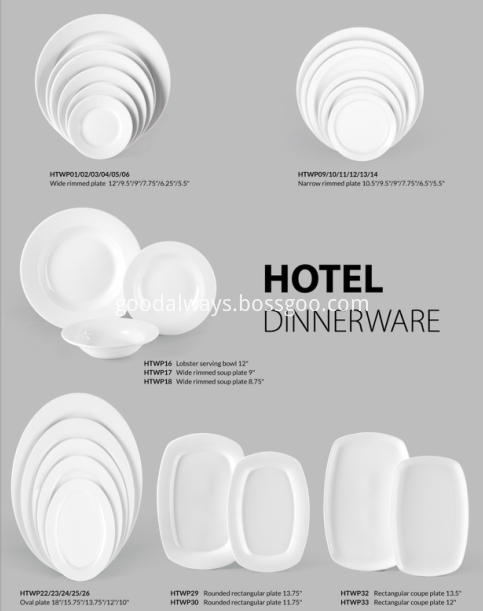1. The quality of the image
Quality requires that the tone level of the image transition is normal, color saturation, and sharpness are high. We must avoid the use of low-resolution images with insufficient information content, loss of tone levels, and inferior images with serious parallelism and abnormal colors and sharpness. . Because if there is a defect in the image quality, hybrid screening and secondary FM screening will not only enlarge the halftoning of these defects in the 8-bit continuous tone image, but also influence the variable factors in the post-platemaking and printing process. The cumulative error results in even lower quality prints.
2. The accuracy of the image
Accuracy requires a sufficient amount of image information, and a resolution of 300 dpi or more ensures the printing accuracy. The early screening technology required “image resolution=screening factor×screen number, screen factor=1.5 to 2, and the current Founder new screen technology has unique optimization for layers, so it does not need to be limited to this formula. The 300 lpi screening does not require the image resolution to be necessarily 450 dpi to 600 dpi.
3. The type of image
The biggest feature of hybrid printing and secondary FM screening technology of Shanghai printing factory lies in highlighting the subtle level of the image, which means that the dot technology is good at displaying the exquisiteness, texture and clarity of the image! For image color, the color space of hybrid screen printing is not much different from the traditional 200dpi printing. The color space of the second frequency modulation screen printing is larger than the traditional 200dpi color space, but the visual observation and psychological impression evaluation of the printed product From the above point of view, the performance of secondary FM screening in the color cannot detonate the observer's attention. The impact is not very obvious. The author guesses that this advantage may be manifested in a narrow range of specific conditions. I hope in the future. Can be found in practice. As for image contrast and appearance, as long as the color management in the CTP printing process can fully achieve the traditional 200lpi and hybrid screen printing consistent.
Therefore, in order to give full play to the features of hybrid screening and secondary FM screening, the choice of prepress image types in printing production requires accurate positioning, ie, not all jobs can use high-end screening. The precautions are as follows:
(1) In general, the image with rich dark shadows and high light and bright tone distribution is the best. Such as: clothing, shoes and wooden doors and other highly textured objects; and rich with high light tone, but also a large area of ​​flat mesh and gradient mostly manuscripts need to be cautiously used, because the mixed screening and secondary FM screening can be Reproduce the complete tone level of these images, but due to the influence of post-platemaking and printing, the small dots are not as easy to design as the traditional 200dpi. Microscopically, some dots are restored, some dots are poorly reproduced, and some dots are full of ink. The ink color of the outlets is not true, and the final macroscopic reflection on the printed products is that the flat nets are visually uneven and rough;
(2) Character images (especially close-ups of the face) require high quality of the original image, especially the transition of the tone levels. Otherwise, due to the influence of manuscripts, plate making, and printing processes, the transition of levels may be caused and the face may not be gentle;
(3) The landscape image (especially the close-up of the sky) also needs smooth transitions in the tone level of the original image. Otherwise, due to the influence of manuscripts and plate printing, it may cause transitions in the level transition and heavy graininess.
(4) For manuscripts, oil paintings, gouache, and watercolour manuscripts, because the average author paints on the rough textured paper, although hybrid screening and secondary FM screening screens are small, there are disadvantages in incomplete reproduction of platemaking and printing outlets. , But for these manuscripts is not a big problem, and even sometimes has become an advantage, so the use of hybrid screening and secondary FM screening technology to print such manuscript is relatively ideal;
(5) For newspaper printing, hybrid screening and secondary FM screening technologies can be fully used in the CTP printing process. These screening methods will highlight the exquisiteness, texture and sharpness of images, and meet the characteristics of newspaper printing. And requirements. Maybe some users worry that high-definition screening may cause darkness, darkness, leveling, and hairiness, compared to traditional newspaper printing with 100 to 120 dpi AM screening. This is understandable, and indeed there is such a CTF printing process. The problem, but in the CTP printing process can be completely resolved by color management.
4. Platemaking process
Hybrid screening and secondary frequency modulation screening technologies are high-precision screening. Smaller coverage points are more sensitive to the working status of CTP. Therefore, the process control in the publishing process needs to be more stringent than ordinary modulation. If the publication is not good, sometimes streaks will appear, and the uniformity and stability of the dots will fluctuate greatly. Therefore, for such hanging nets, the publishing status needs to be strictly controlled and layout design, otherwise the printed products will be screened and printed. And rough quality problems.
5. Printing process
Hybrid screening and secondary FM screening techniques are high-precision screens. Small screens are also sensitive to printing jobs. Therefore, the process control in the printing process needs to be more stringent than ordinary modulation. If the dots of the ink in the printing are indefinable and smooth, the balance of the ink and the ink, the surface of the rubber, and the condition of the printing pressure are all in a good and stable state, the reproducibility and stability of these dots can be guaranteed when printing, or else There are quality issues such as non-uniform transitions, flat web service, and large color fluctuations, resulting in high-end screen printing that is not as effective as conventional AM screen printing.
Porcelain Dinner Plate, Side Plate, Dessert Plate, Salad Plate, Appetizer Plate, Restaurant Plate , Cake Plate, Serving Dish ,Kitchen Dish , Soup And Sandwich Plate , White Plate , Plates Set , Dish Sets
Dishwasher and microwave safe, durable and easy to care for, With CIQ,
SGS, CIQ and LFGB certificate
Welcome OEM and accept your own band and design.
Round, coupe, square ,irregular shape , We can make different combination of Dinnerware Sets as your requirement.Such as oval dish,serving plate.
Coffee set / Tea Set can be in different packing: bulk packing, gift color box, Mail Box, PDQ, Pallet packing, IKEA packing.
Payment terms: T/T or L/C
Delivery date: 45 days
Accept OEM and your own brand and design
Samples are available.
MOQ: 1000 pieces for bulk item, gift sets is 600 sets
Mixed order is accepted.
Any more question, please contact our customer service.


Dinner Plate, Side Plate, Dessert Plate,Porcelain Plate
Shenzhen Good-Always Imp.& Exp.Co.Ltd , https://www.good-always.com
